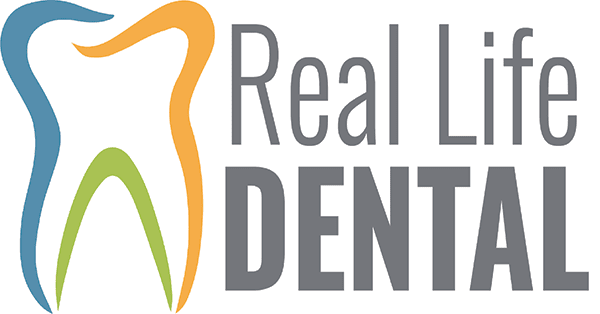Prophylaxis Definition Dental

The term “prophylaxis” in the context of dental care refers to the measures taken to prevent the onset of diseases, particularly those affecting the teeth and gums. Dental prophylaxis is a crucial aspect of dental hygiene, focusing on preventing oral health issues before they become severe. This approach includes regular dental cleanings, examinations, and consultations to identify potential problems early on, thereby reducing the risk of more complex and costly treatments later.
Dental prophylaxis encompasses a wide range of procedures and practices, each designed to maintain the health of the teeth, gums, and overall oral cavity. One of the most common forms of dental prophylaxis is the routine cleaning of the teeth, both at home through brushing and flossing and professionally through dental cleanings. Professional dental cleanings involve the removal of plaque and tartar from the teeth, both above and below the gum line, and the polishing of the teeth to remove stains and smooth the tooth surface, making it harder for plaque to accumulate.
Importance of Dental Prophylaxis
The importance of dental prophylaxis cannot be overstated. By preventing the buildup of plaque and tartar, dental prophylaxis helps prevent gum diseases such as gingivitis and periodontitis. Gingivitis is an inflammation of the gums caused by the accumulation of plaque, and if left untreated, it can progress to periodontitis, a more severe infection that damages the soft tissue and bone supporting the teeth, potentially leading to tooth loss.
Moreover, dental prophylaxis plays a critical role in the prevention of dental caries (cavities). Regular cleanings and check-ups can help identify areas of the teeth that are at high risk of decay, allowing for early intervention. This might include the application of fluoride varnishes to strengthen tooth enamel or the placement of dental sealants to prevent bacteria from accumulating in the pits and fissures of the teeth.
Components of Dental Prophylaxis
Professional Cleanings: Regular visits to the dentist for professional cleanings are a cornerstone of dental prophylaxis. These cleanings are typically recommended every six months but may be needed more frequently for individuals at higher risk of oral health issues.
Home Care: Effective brushing and flossing techniques are crucial for removing plaque from the teeth and preventing the accumulation of tartar. The use of fluoride toothpaste and potentially a fluoride mouthwash can further strengthen the teeth.
Dietary Advice: Diet plays a significant role in oral health. Limiting sugary and acidic foods and beverages can help prevent dental caries. A balanced diet rich in fruits, vegetables, and whole grains supports overall health, including oral health.
Education: Part of dental prophylaxis involves educating patients on proper oral hygiene practices, including how to brush and floss correctly, and the importance of regular dental visits.
Technologies and Innovations in Dental Prophylaxis
The field of dental prophylaxis is continually evolving with advancements in technology and research. For instance, the development of more effective fluoride compounds and the introduction of laser technology for dental cleaning and gum treatment have enhanced the effectiveness of prophylactic measures. Additionally, the use of digital tools for patient education and the monitoring of oral health can improve adherence to preventive practices.
Conclusion
Dental prophylaxis is a multifaceted approach to maintaining oral health, focusing on the prevention of diseases through regular cleanings, at-home care, dietary considerations, and education. By understanding the importance and components of dental prophylaxis, individuals can take proactive steps to ensure their oral health, reducing the risk of dental problems and the need for more invasive dental treatments.
Implementing Dental Prophylaxis
- Schedule Regular Dental Cleanings: Ensure you visit your dentist every six months or as advised for professional cleanings.
- Practice Good Home Care: Brush your teeth at least twice a day with fluoride toothpaste and floss once daily.
- Maintain a Healthy Diet: Limit sugary and acidic foods and beverages, and opt for a balanced diet.
- Stay Educated: Learn about the latest in oral health care and follow your dentist's advice for personalized oral health strategies.
FAQ Section
What is the primary goal of dental prophylaxis?
+The primary goal of dental prophylaxis is to prevent oral diseases and maintain the health of the teeth and gums through regular cleanings, examinations, and good oral hygiene practices.
How often should I visit the dentist for cleanings?
+Regular dental cleanings are recommended every six months for most individuals. However, the frequency may vary based on your oral health status and risk factors for dental diseases.
Is there a link between oral health and overall health?
+Yes, research has shown that there is a link between oral health and systemic diseases. For example, gum disease has been linked to an increased risk of heart disease and diabetes, highlighting the importance of good oral health care.
By emphasizing prevention and early intervention, dental prophylaxis offers a proactive approach to oral health, contributing to a healthier, happier life. Regular engagement with dental care professionals and adherence to recommended oral hygiene practices are key components of this approach, making dental prophylaxis an indispensable part of one’s overall health care regimen.
